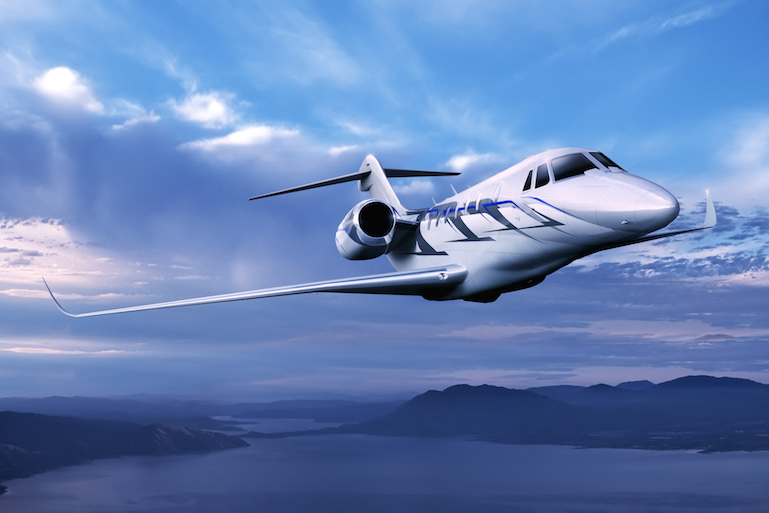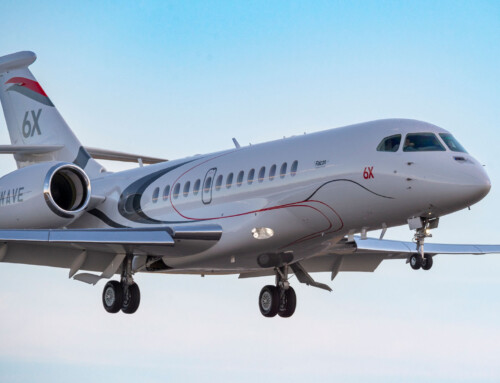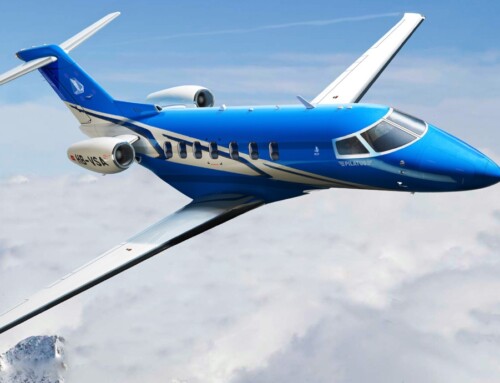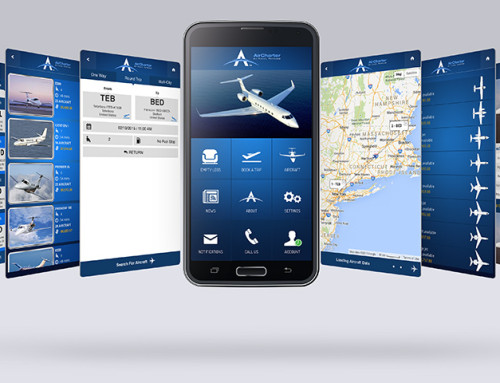Understanding the Cessna Citation series
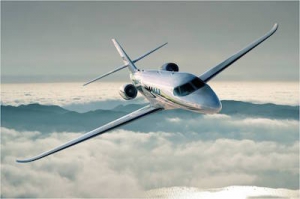 The Cessna Citation series is well known for a wide range of light and mid sized jets, all with the Citation nomenclature. Though things may get confusing for some travelers when names such as Citation Jet 2, Citation II, and Citation bravo, to the untrained eye, these all seem like a single aircraft, or three different aircraft, but in reality, these are two aircraft. The Citation Bravo is a common name for the revamped Citation II, but the Citation Jet 2 (CJ2) is a whole other aircraft altogether. Now that may clear up a single aircraft, but which aircraft is the Citation Excell and the Citation Encore? How many real variants of the Citation are available from Cessna? What do all of these variant names mean?
The Cessna Citation series is well known for a wide range of light and mid sized jets, all with the Citation nomenclature. Though things may get confusing for some travelers when names such as Citation Jet 2, Citation II, and Citation bravo, to the untrained eye, these all seem like a single aircraft, or three different aircraft, but in reality, these are two aircraft. The Citation Bravo is a common name for the revamped Citation II, but the Citation Jet 2 (CJ2) is a whole other aircraft altogether. Now that may clear up a single aircraft, but which aircraft is the Citation Excell and the Citation Encore? How many real variants of the Citation are available from Cessna? What do all of these variant names mean?
The full list of Citation aircraft is as follows:
Citation I (includes: Citation I/SP)
Citation II (includes: Citation II/SP, Citation S/II, Citation Bravo)
Citation III (includes: Citation VI, Citation VII)
Citation V (includes: Citation Ultra, Citation Encore, Citation Encore+)
Citation Excel (includes: Citation XLS, Citation XLS+)
Citation X (includes: Citation X+)
Citation Sovereign
CitationJet 1 (includes: CJ1+, Citation M2)
CitationJet 2 (includes: CJ2+)
CitationJet 3
CitationJet 4
Citation Mustang
Citation Latitude
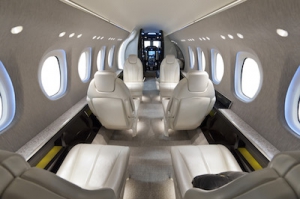 It is understandable to be confused about the immense family of Citation aircraft. But the basics of aircraft naming can be simplified: The original aircraft name is usually the very first production model, it is common to upgrade said model with new avionics, engines, safety features, and modifications to extend range. Concerning the Citation I and Citation II, the SP designation means the aircraft is built for single pilot operations, these may or may not allow a second pilot, depending on the aircraft. Since it is our stance to have two pilots on every charter flight, there is essentially no difference between the SP and the traditional models. The S designation in the case of the Citation II includes all around improvements to the aircraft, most notably, a new wing structure for enhanced aerodynamics.
It is understandable to be confused about the immense family of Citation aircraft. But the basics of aircraft naming can be simplified: The original aircraft name is usually the very first production model, it is common to upgrade said model with new avionics, engines, safety features, and modifications to extend range. Concerning the Citation I and Citation II, the SP designation means the aircraft is built for single pilot operations, these may or may not allow a second pilot, depending on the aircraft. Since it is our stance to have two pilots on every charter flight, there is essentially no difference between the SP and the traditional models. The S designation in the case of the Citation II includes all around improvements to the aircraft, most notably, a new wing structure for enhanced aerodynamics.
In the case of a sub-model with an entire name change such as the Citation bravo, Citation Encore, or Citation Ultra, this implies a heavy upgrade to the avionics and/or engines. Since the only remaining untouched part of the aircraft is the fuselage, a brand new name makes the most sense. The plus (+) designation implies upgraded avionics such as in the case of the Citation XLS+ or Citation Encore+. We can assume that the XLS line was simply a newer version of the Excel, with the XLS+ offering new avionics just as expected.
Using the information above makes the naming conventions more understandable to a consumer, but now, we have to group them into categories, as some Citations are VLJs (very light jets) while some air light jets and the remaining are mid sized jets. The Citation family does not include a large jet thus far. The Citation X, Citation III, Excel, and Sovereign are all mid sized jets, while the remaining aircraft are all light or very light jets. The Citation CJ line are all VLJs or just large enough to be in the light jet category.
This guide should help differentiate sub-models from other sub-models and from major revisions. All Citation jets are great jets to fly in, with an operating cost much lower than competitor’s light jet / mid jet families, this is what makes the Citation family of jets so successful and common to see in the air or at airports. Cessna has done a great job of keeping the Citation line refreshing and up to date. Lest we forget, the Citation X currently holds the top speed capability of any business jet on the market, and the all new Citation Latitude is turning out to be a great mid sized jet, at a reasonable cost and great performance and efficiency.
For more information about private aircraft, check out our aircraft guide.
 Cessna Citation V
Cessna Citation V




